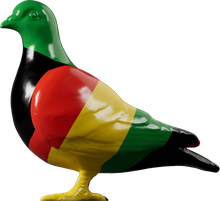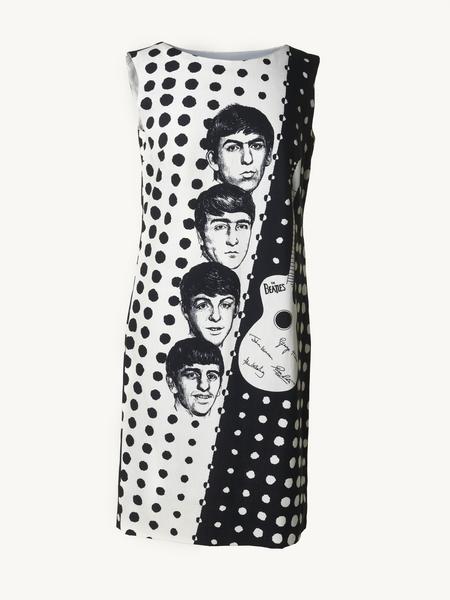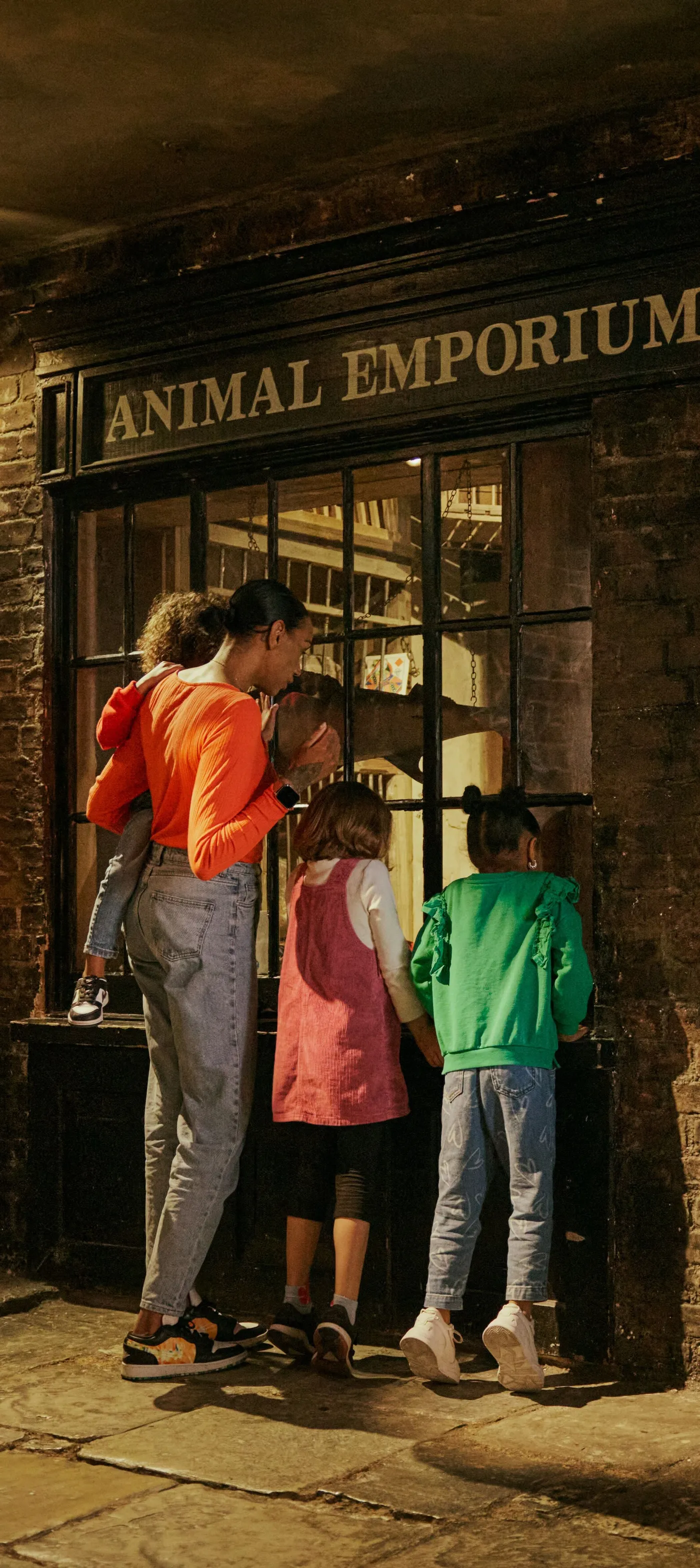The history of Abbey Road Studios
North-west London’s Abbey Road was one of the world’s first purpose-built recording studios. And ever since the Beatles named their 1969 album after it, the studio has been a shrine for music fans around the globe.
St John’s Wood, City of Westminster
Since 1929
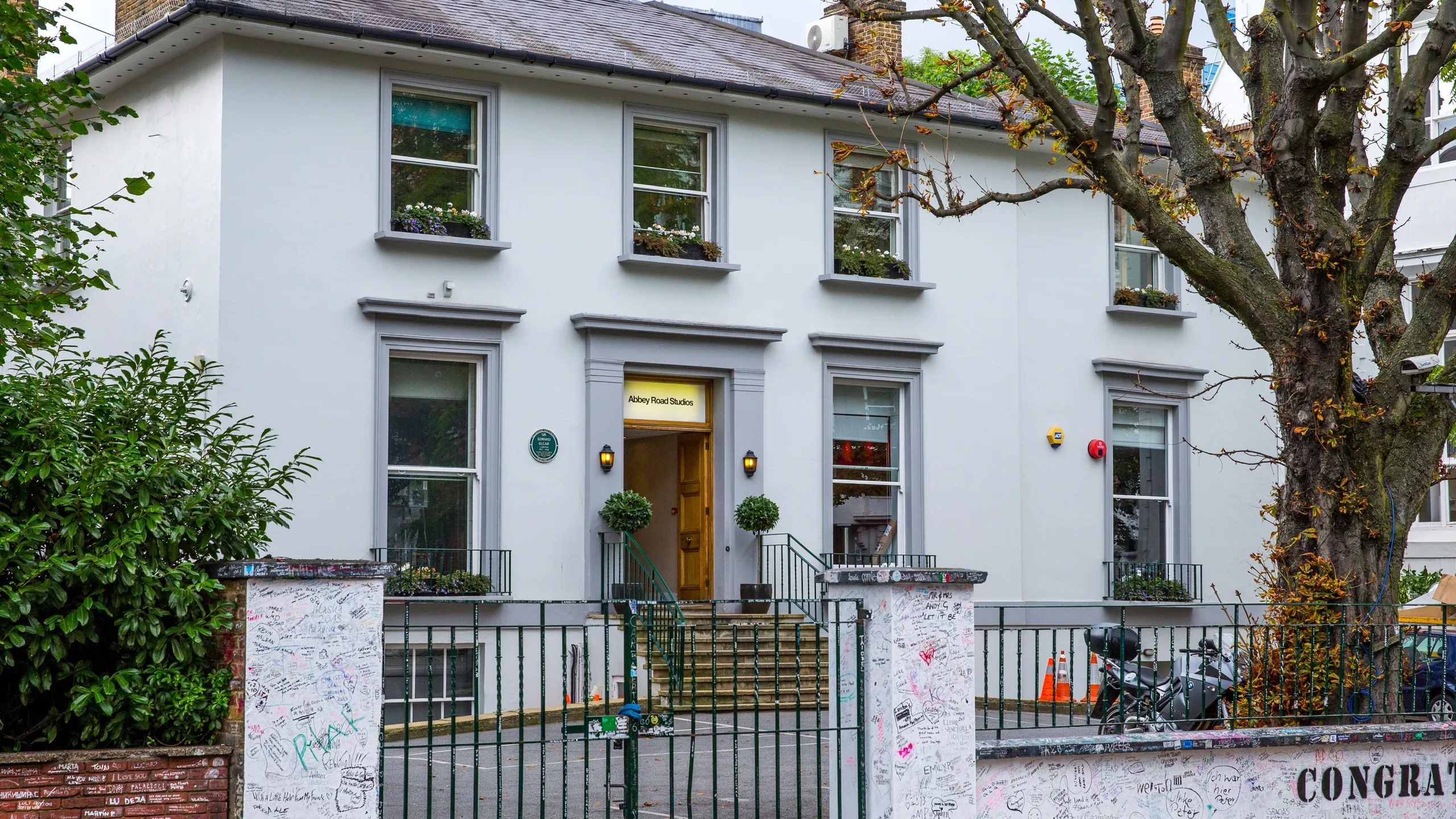
How old is Abbey Road Studios?
The Georgian townhouse at Number 3 Abbey Road was built around 1830. In 1929, it was bought by the Gramophone Company, who turned it into a recording studio. They kept the exterior, but the inside and garden were changed significantly. It opened in 1931 under the name EMI Studios.
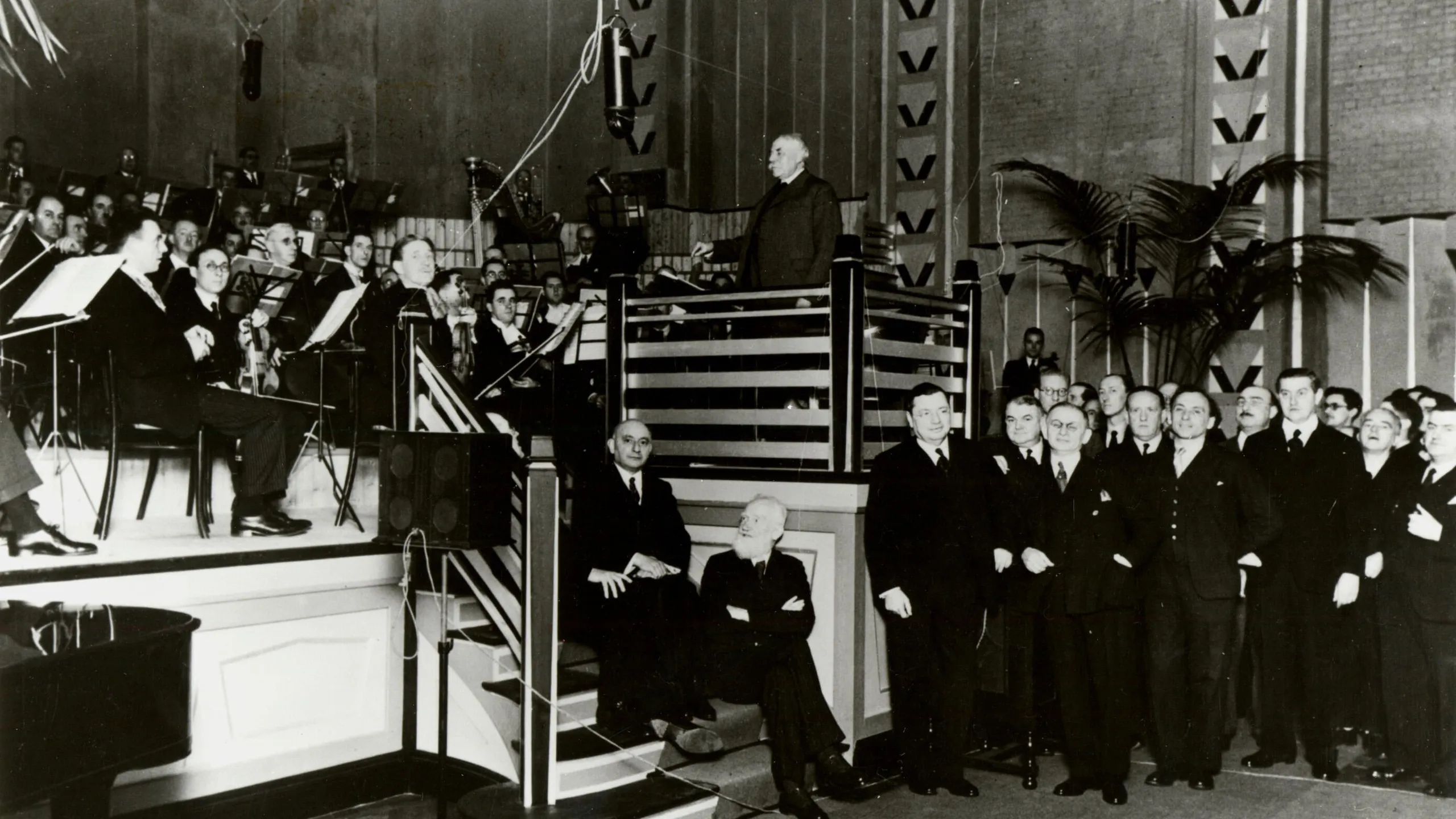
The first recording at Abbey Road
The studios were opened in 1931 with a recorded performance of Land of Hope and Glory, played by the London Symphony Orchestra and conducted by Edward Elgar. Studio 1, designed to house an orchestra, was used for the job. In its early decades, Abbey Road was best known for its classical recordings.
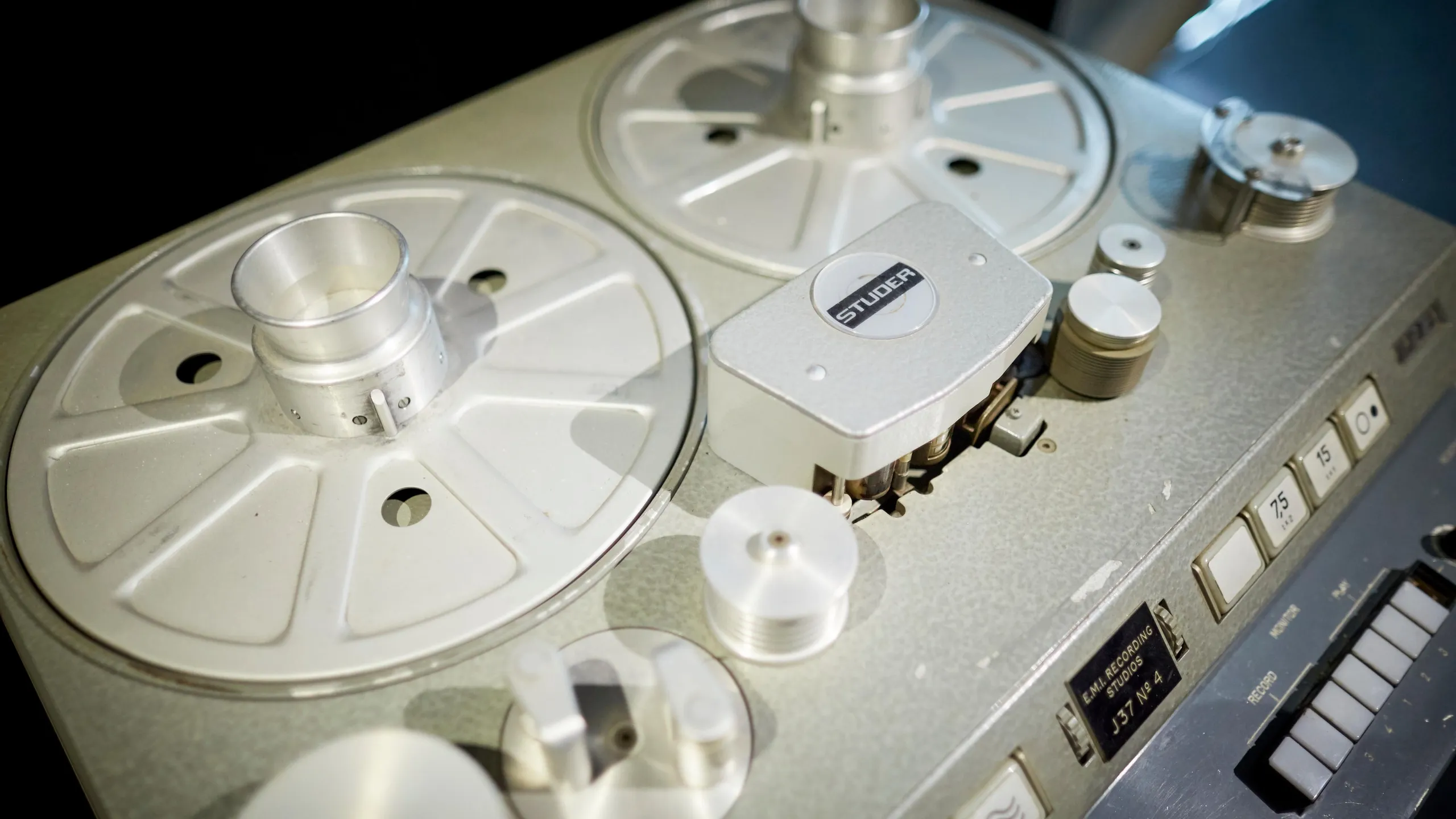
Stereo recording was pioneered at Abbey Road
In the early 1930s, Alan Blumlein, a researcher working for EMI, used the studios to develop the techniques for recording sound in stereo. Capturing sound with two microphones gives a sense of direction when the sound is played back, immersing the listener. Blumlein secured patents for the novel concepts of stereo records, stereo films and surround sound.
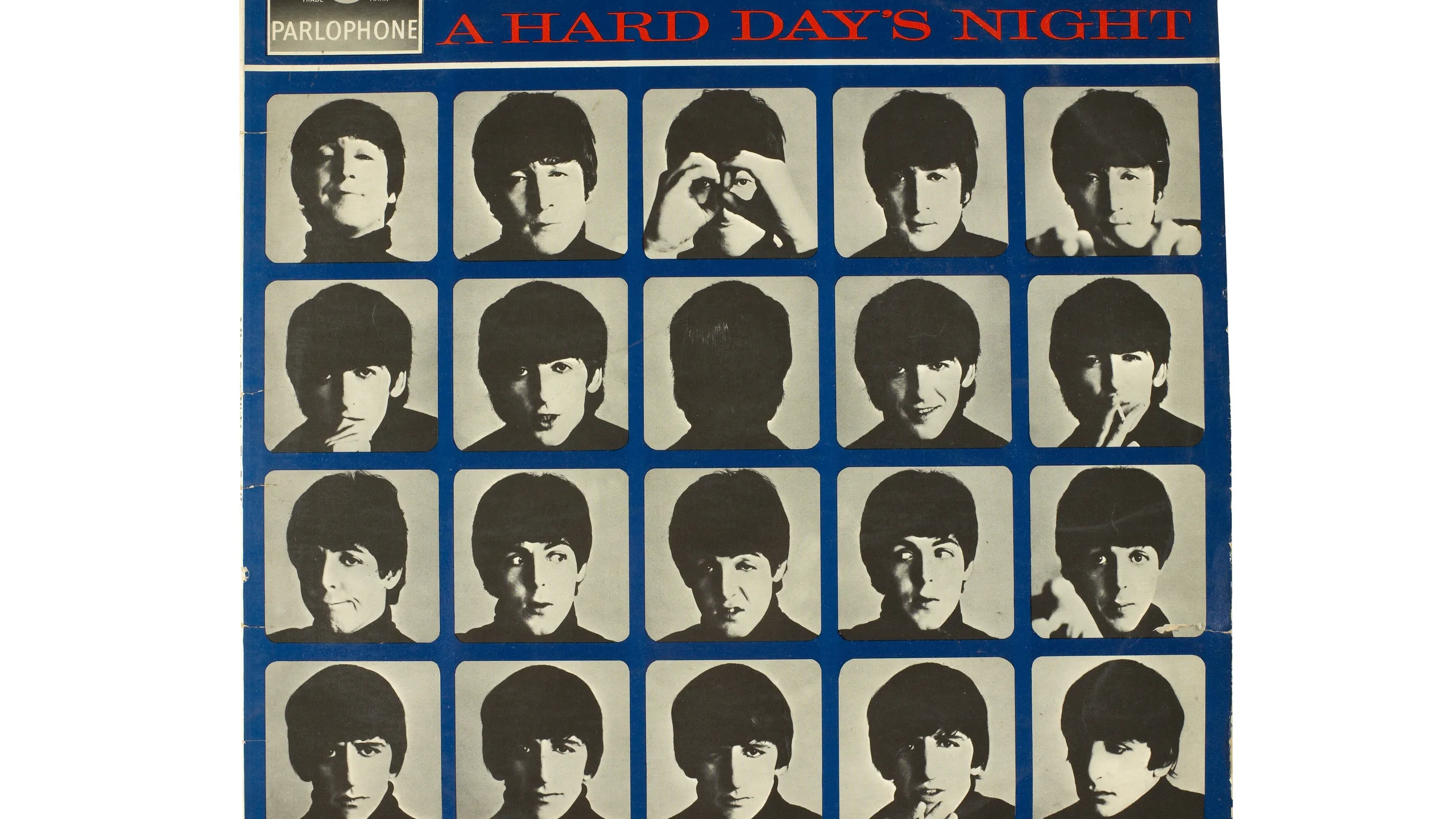
Beatlemania
In 1963, the four lads from Liverpool and producer George Martin took just one day at Abbey Road to record their debut album, Please Please Me. Most of the Beatles’ music was put on tape there, including visionary albums which reimagined the possibilities of studio recording. But it’s their 1969 album, Abbey Road, recorded in Studio 2, that forever tied the ‘Fab Four’ to the London studio and spread its name around the world.
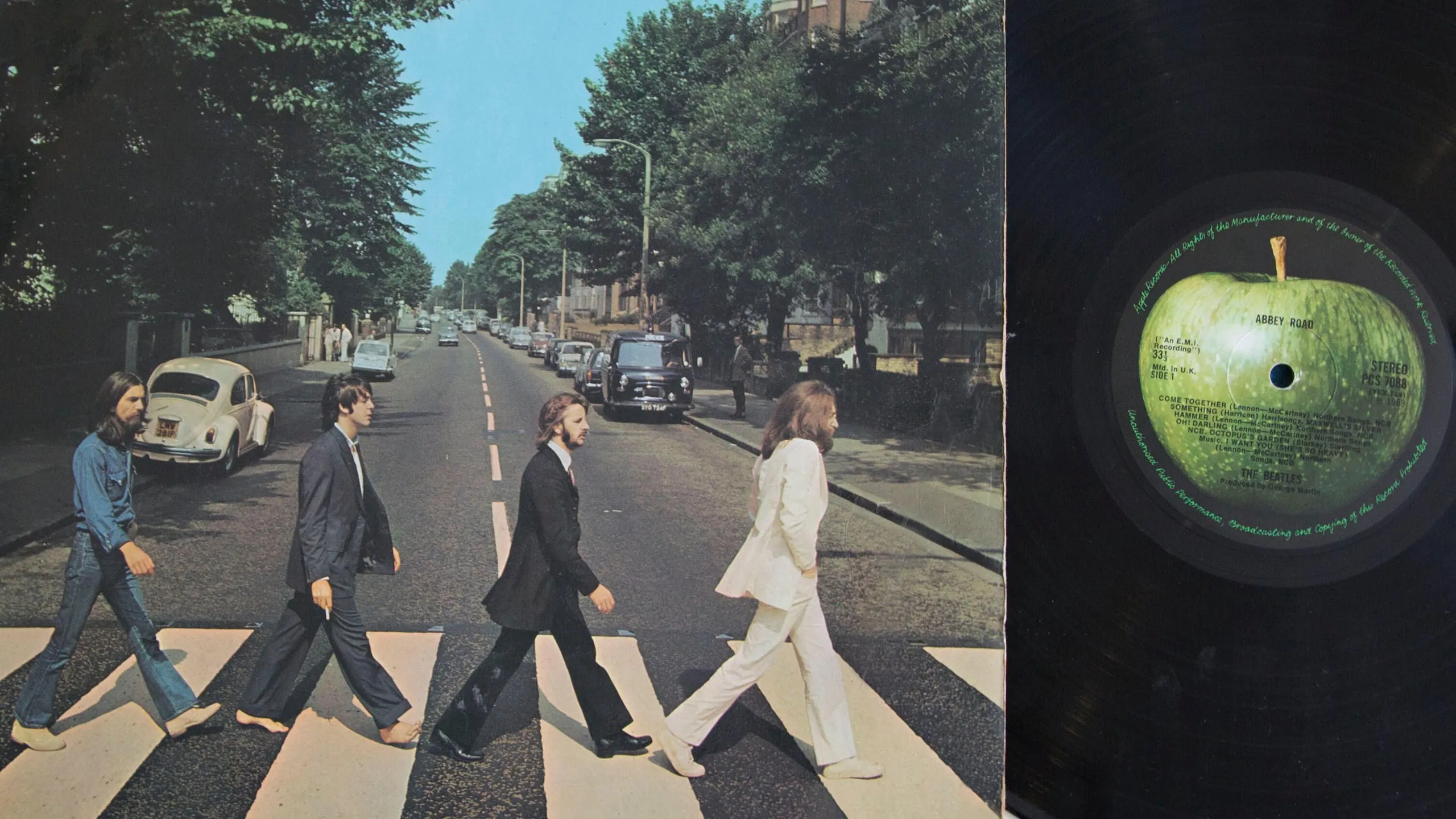
The Abbey Road crossing
The studios’ fame goes hand-in-hand with the Beatles’ iconic cover for their Abbey Road album. The photo, taken by Iain McMillan on 8 August 1969, shows the band, including a barefoot Paul McCartney, crossing Abbey Road. The zebra crossing is just a short stroll from the studio, and has become a pilgrimage for hordes of Beatles fans hoping to recreate the timeless image.
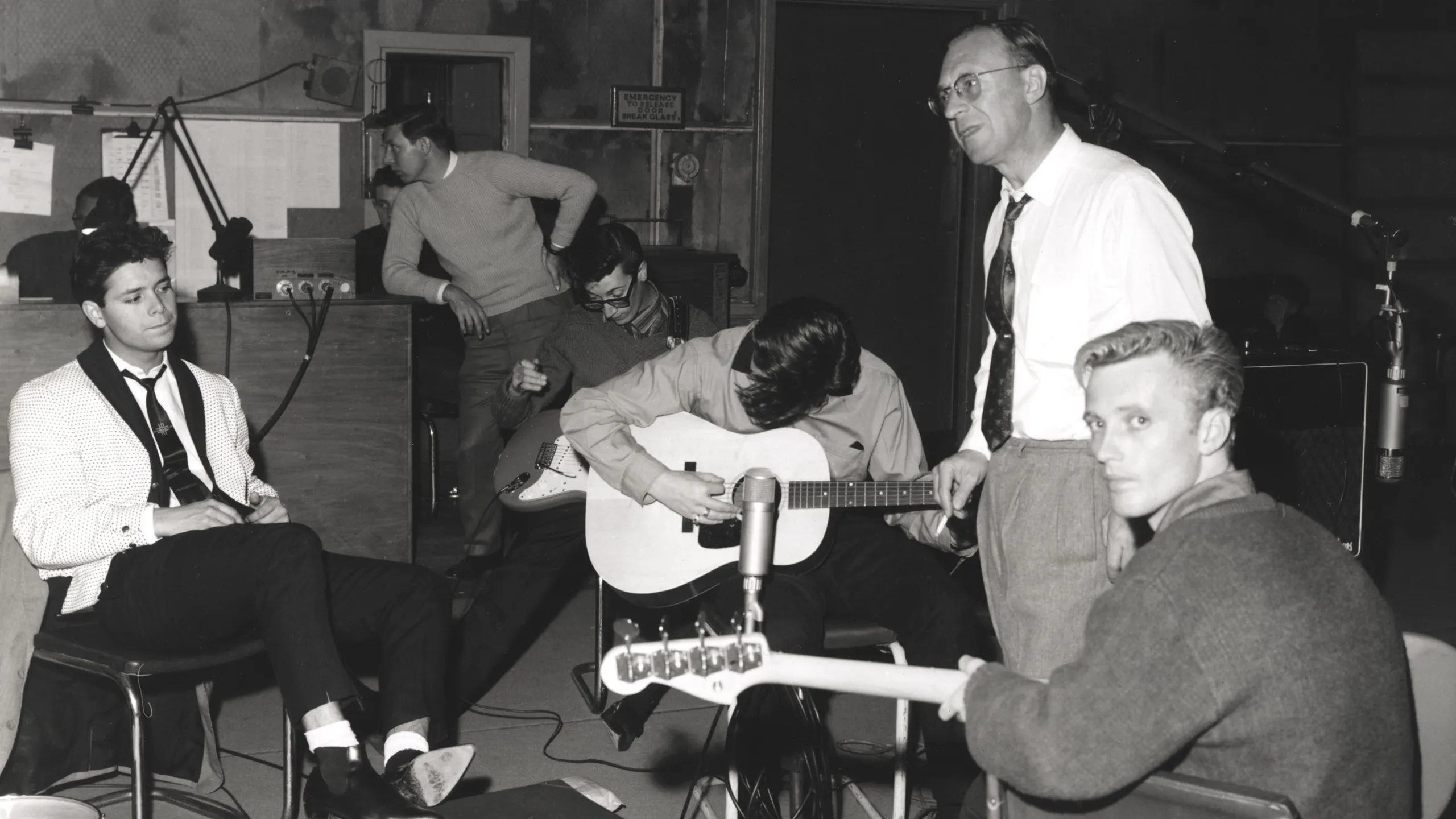
Abbey Road is part of music history
The Beatles are only a small sliver of Abbey Road’s history. Artists continue to record there today, following in the footsteps of Pink Floyd, Cliff Richard, the Spice Girls, Massive Attack, Dave, Kate Bush, Adele, Oasis, the Streets, Ed Sheeran and Lady Gaga.
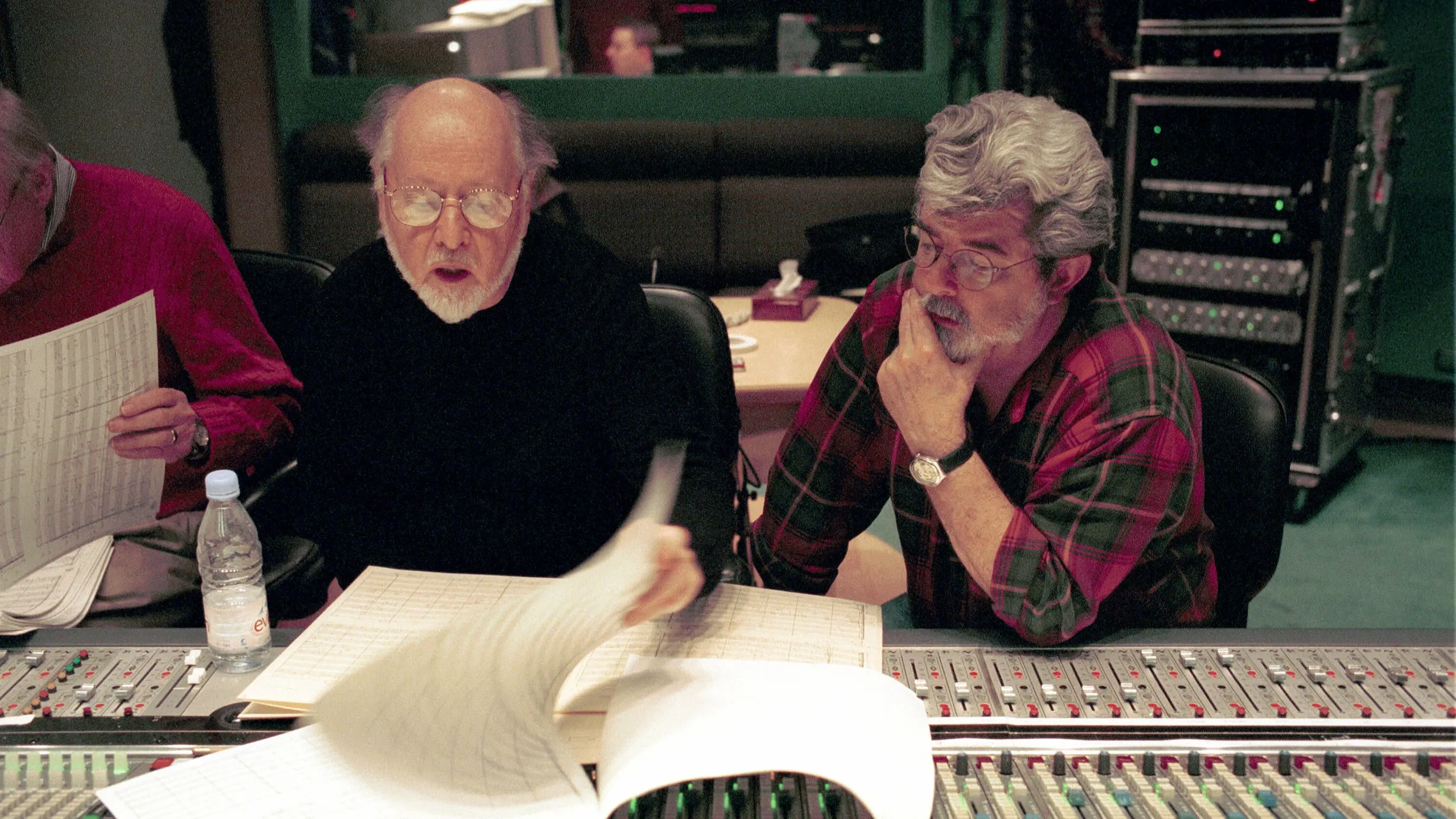
Blockbuster recordings
After pop overtook classical music in popularity, the large Studio 1 was used less regularly. Film scores stepped in to fill the gap. Studio 1 was used for the Lord of the Rings trilogy and two Harry Potter films. Here, director George Lucas and composer John Williams are working on Star Wars: Attack of the Clones in 2002.
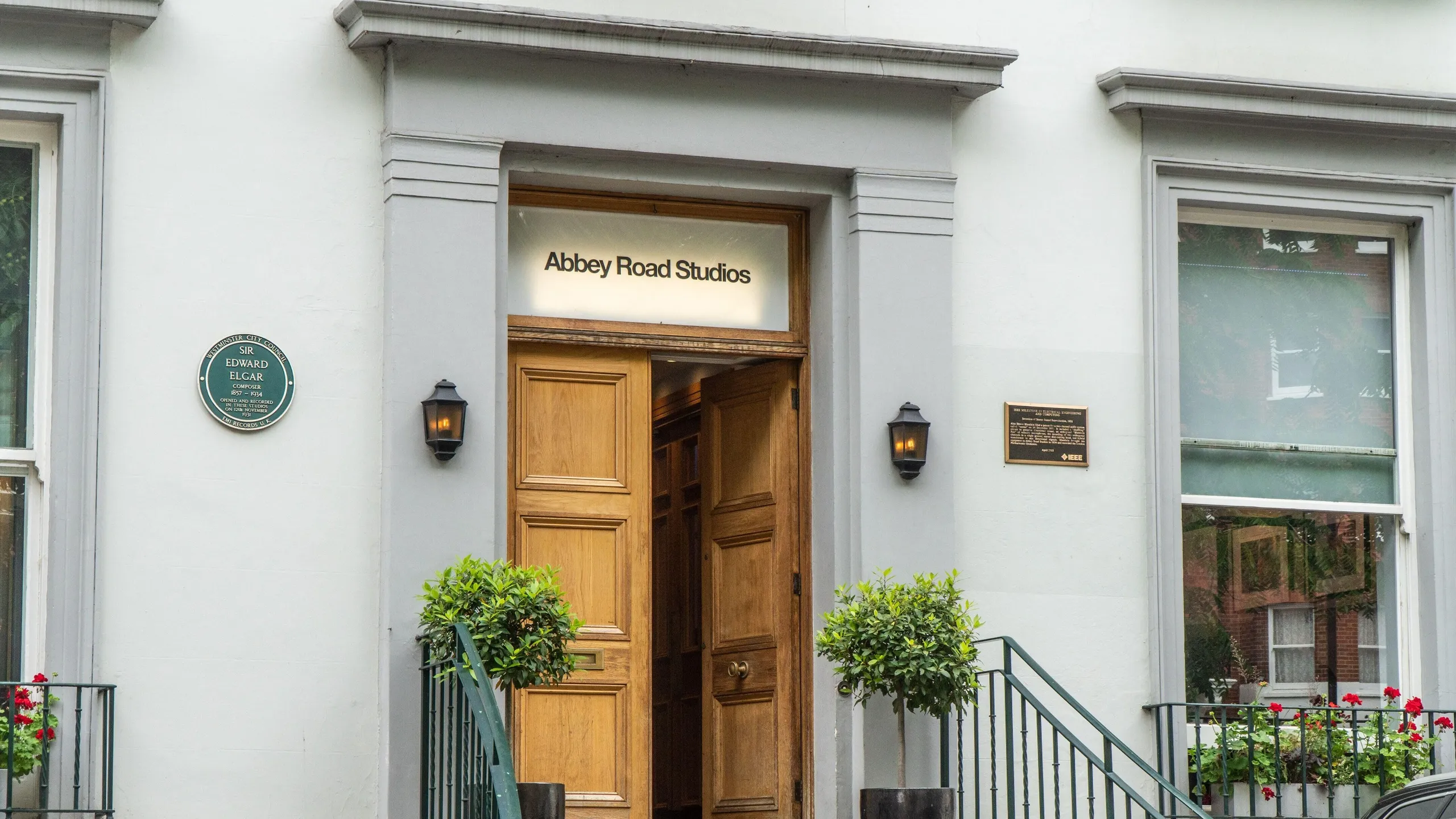
Abbey Road Studios is a listed building
Abbey Road Studios, as it’s been called since the 1980s, received Grade II-listed status in 2010. So did the zebra crossing on Abbey Road. That means the public body Historic England recognises its “special architectural or historic interest” and any changes need special permission.

